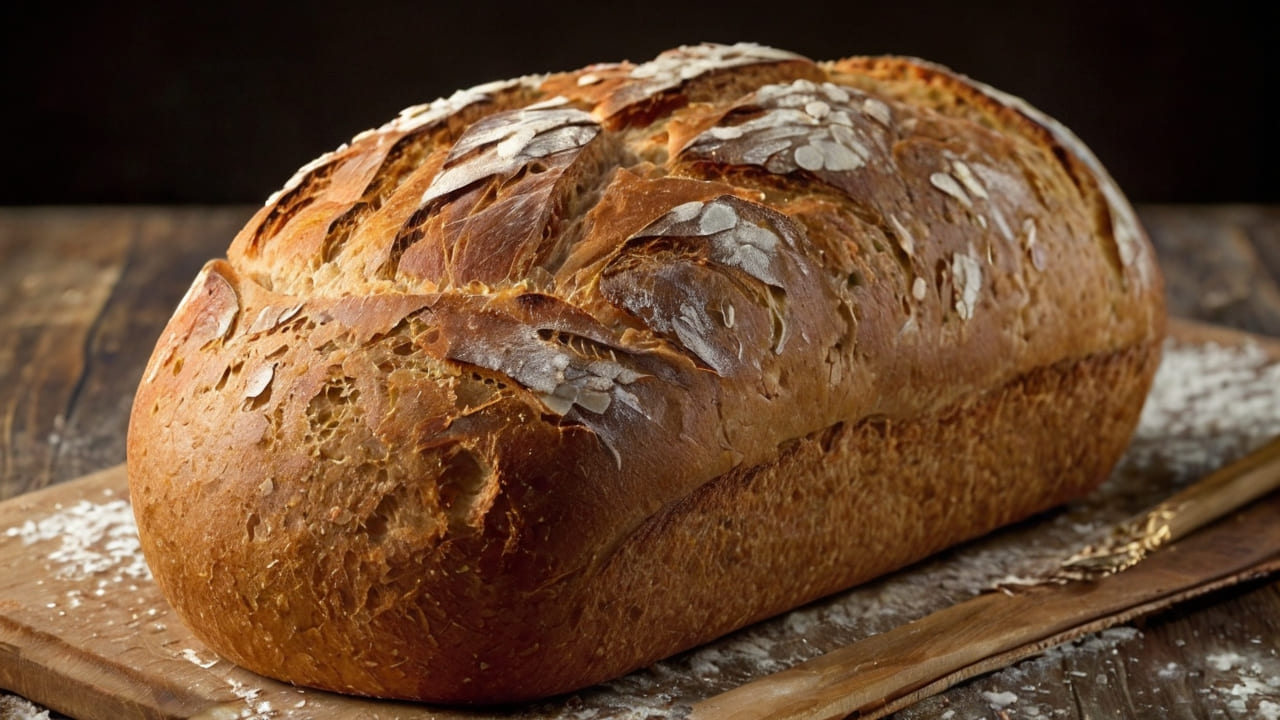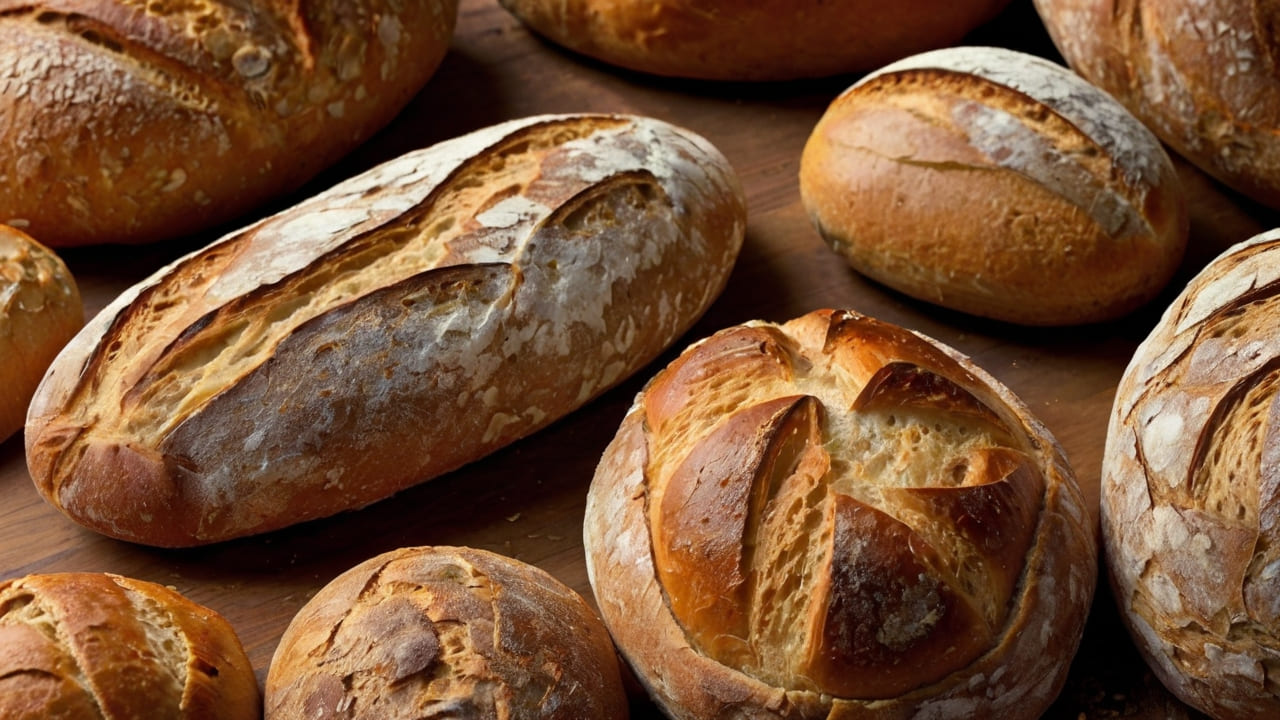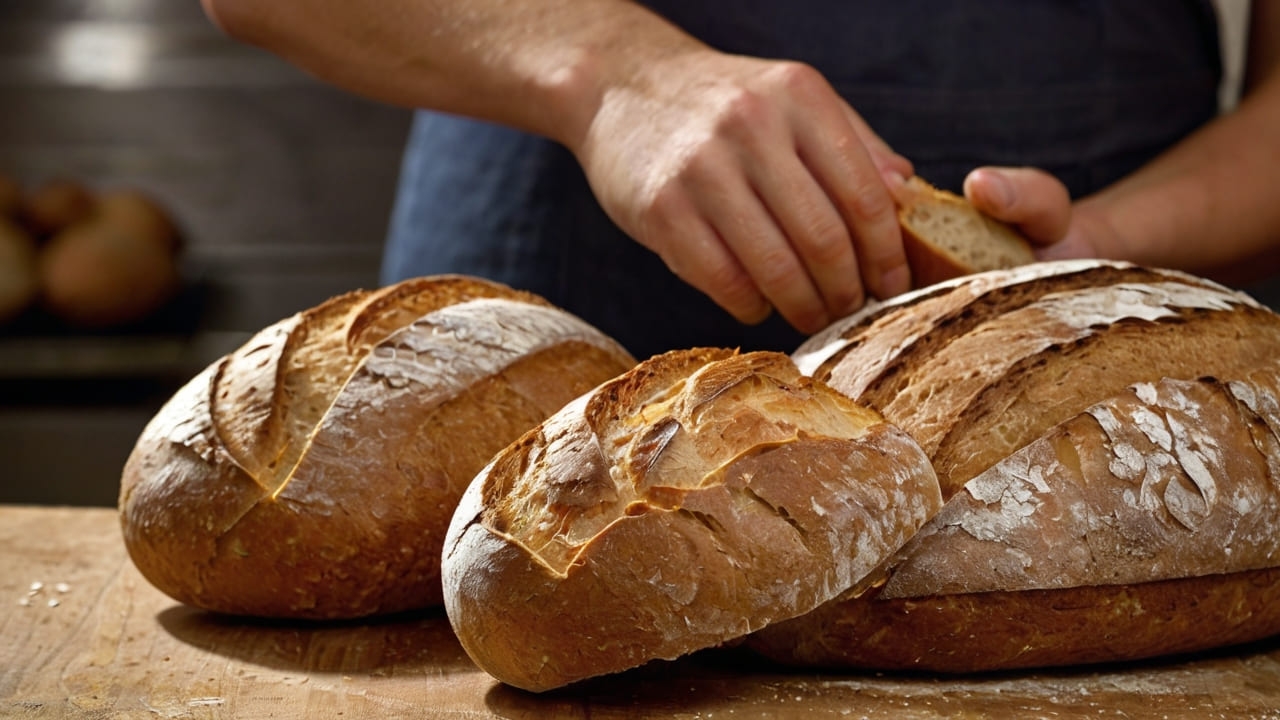
What Do Bakers Put in Bread to Make It Last Longer? Tips & Techniques
What Do Bakers Put in Bread to Make It Last Longer?

Baking bread is an art, but keeping it fresh can be a challenge. If you’ve ever wondered how commercial bakeries manage to keep their bread soft and fresh for days, you’re not alone. In this article, we'll dive into the various methods and ingredients bakers use to extend the shelf life of bread. From common preservatives to natural additives, there's a lot more to keeping bread fresh than meets the eye.
The Role of Preservatives in Bread Making
Preservatives are the most common way to keep bread fresh longer. They work by slowing down the growth of mold and bacteria, which are the primary culprits behind bread spoilage. The most frequently used preservatives in bread are calcium propionate, sodium benzoate, and sorbic acid.
- Calcium Propionate: This is one of the most popular preservatives used in commercial bread. It works by inhibiting mold growth, making the bread last longer without altering its flavor.
- Sodium Benzoate: While more commonly used in beverages and acidic foods, sodium benzoate can also be found in certain types of bread. It prevents the growth of bacteria and fungi, keeping the bread safe to eat for an extended period.
- Sorbic Acid: Known for its ability to inhibit mold and yeast growth, sorbic acid is another preservative that helps keep bread fresh for longer periods.
However, while preservatives are effective, they aren’t the only method bakers use. Many consumers today are looking for more natural ways to preserve bread, leading to the rise of alternative methods.
Natural Ingredients That Extend Shelf Life

Natural methods of extending bread's shelf life are gaining popularity, particularly among those looking to avoid artificial preservatives. Several ingredients can be added to bread to naturally prolong its freshness.
- Vinegar: A small amount of vinegar can lower the pH of the dough, creating an environment that is less hospitable to mold. It’s a natural way to extend the freshness of bread without affecting its flavor.
- Honey: Not only does honey add sweetness, but it also has natural antibacterial properties. This makes it a useful ingredient for extending the shelf life of bread.
- Sourdough Starter: Sourdough bread is naturally more resistant to spoilage. The lactic acid bacteria in the starter help preserve the bread by lowering the pH and creating an acidic environment that discourages mold growth.
These natural ingredients are excellent alternatives for those who prefer bread without synthetic preservatives. They are often used in home baking or by artisan bakers looking to create a more natural product.
Baking Techniques That Improve Bread’s Longevity

Beyond ingredients, the way bread is baked can significantly affect how long it stays fresh. Let’s explore some of the key techniques bakers use to extend the shelf life of bread.
- Proper Fermentation: Allowing the dough to ferment adequately can improve the bread's structure and its ability to stay fresh longer. Proper fermentation increases the acidity of the dough, which naturally inhibits mold growth.
- Steam Baking: Steam helps create a crust that protects the bread from losing moisture too quickly, helping it stay soft and fresh longer.
- High Hydration Dough: Bread made with a higher water content tends to stay moist for longer. This technique is particularly popular in artisan baking, where a soft, chewy crumb is desired.
These techniques are often used in conjunction with natural or artificial preservatives to create bread that not only tastes great but also stays fresh for as long as possible.
Storage Solutions for Prolonging Bread Freshness
Once bread is baked, how it’s stored plays a crucial role in how long it stays fresh. Proper storage can significantly extend the life of your bread.
- Room Temperature: Bread should be stored at room temperature in a cool, dry place. Bread boxes or paper bags are ideal as they allow the bread to breathe while preventing it from drying out too quickly.
- Freezing: If you need to store bread for an extended period, freezing is the best option. Wrap the bread tightly in plastic wrap or aluminum foil, then place it in a freezer bag. When you're ready to eat it, thaw the bread at room temperature, and it will taste almost as fresh as the day it was baked.
- Avoid Refrigeration: Contrary to what some might think, storing bread in the refrigerator is not a good idea. The cold temperature speeds up the staling process, making the bread go stale faster.
By following these storage tips, you can ensure that your bread stays fresh for as long as possible, whether it’s store-bought or homemade.
How Does Bread Staling Work?
Understanding how bread stales can help bakers and consumers alike make better decisions about how to keep it fresh. Staling occurs when the moisture in the bread’s crumb migrates to the crust, causing the crumb to dry out and the crust to become tough.
- Retrogradation: This is the process where the starch molecules in bread crystallize, leading to a firmer crumb. Retrogradation is a natural part of the bread aging process and is influenced by temperature and moisture levels.
- Moisture Migration: As mentioned, moisture from the crumb moves to the crust over time. This process can be slowed down by proper storage, but it cannot be entirely prevented.
While staling is inevitable, understanding these processes can help you slow it down, keeping your bread enjoyable for longer.
The Impact of Bread Ingredients on Shelf Life
The ingredients in your bread recipe significantly influence its shelf life. Let’s break down how various common ingredients impact the freshness of bread.
- Flour: Different types of flour absorb water differently, which can affect how long the bread stays fresh. Whole grain flours, for example, tend to produce bread that stales faster than bread made with white flour.
- Fats: Adding fats like butter, oil, or shortening can help prolong the bread’s freshness by coating the flour particles, which slows down moisture loss.
- Sugar: Sugar is hygroscopic, meaning it attracts and retains moisture. Adding sugar to bread not only sweetens it but also helps keep it moist for longer.
Bakers can tweak their recipes based on these insights to create bread that lasts longer while still tasting great.
Bestbreadmaker Recommendations for Bread Machines and Freshness
If you’re a home baker using a bread machine, the type of machine you use can also impact the freshness of your bread. Bestbreadmaker offers insightful reviews on various bread machines, helping you choose one that not only bakes great bread but also helps keep it fresh for longer. The right bread machine can make all the difference, especially if it has features that allow you to control moisture levels and baking times more precisely.
Common Myths About Bread Preservation
There are many myths about how to keep bread fresh. Let’s debunk some of the most common ones.
- Myth: Bread lasts longer in the fridge: As mentioned earlier, refrigeration actually speeds up the staling process, making bread go stale faster.
- Myth: You should store bread in plastic bags: While plastic bags can keep bread soft, they also trap moisture, which can lead to mold growth. Paper bags or bread boxes are better options.
- Myth: Adding more yeast makes bread last longer: While yeast is crucial for bread’s rise, it doesn’t impact its shelf life. It’s the ingredients and storage methods that matter more.
Understanding these myths can help you make better choices about how to store and preserve your bread.
Tips for Baking Bread That Stays Fresh Longer
Finally, let’s wrap up with some practical tips for baking bread at home that stays fresh longer.
- Use a pre-ferment: A pre-ferment, like a sponge or poolish, can add flavor and improve the bread’s texture, which can help it stay fresh longer.
- Incorporate natural preservatives: Ingredients like honey, vinegar, or sourdough starter can naturally extend the bread’s shelf life.
- Bake with steam: Steam baking helps create a protective crust that slows down moisture loss.
By following these tips, you can enjoy fresh, homemade bread for days after it comes out of the oven.
Conclusion
Bread freshness is a combination of the right ingredients, baking techniques, and storage methods. Whether you prefer using preservatives or natural methods, understanding how to keep bread fresh is key to enjoying it at its best. By applying the insights from this article, you can ensure that your bread stays soft, flavorful, and mold-free for as long as possible.
For more tips and product reviews on bread machines, check out Bestbreadmaker—your go-to source for all things bread-making.
